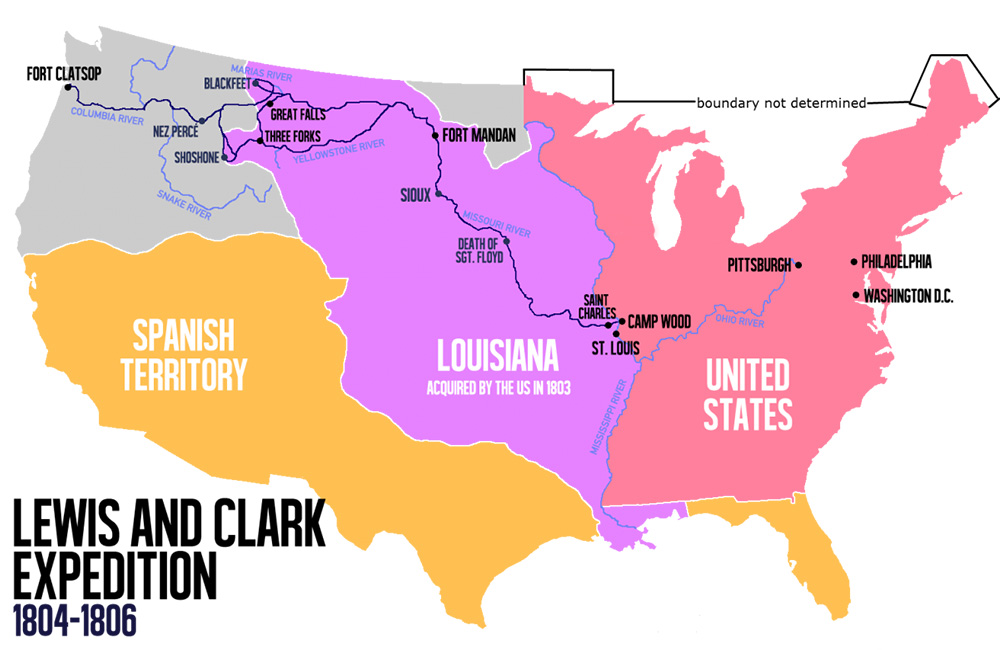On March 26, 1804, the United States Congress made a historic decision that would change the course of American history. The Louisiana Purchase, a deal that saw the United States acquire over 800,000 square miles of land from France in 1803, posed a significant challenge for the young nation. The challenge was to organize the vast expanse of land into manageable territories and to establish the boundaries of new states that would emerge in the years to come.
After much debate, Congress decided to divide the Louisiana Purchase along the thirty-third parallel, a line of latitude that runs east to west across the country. This decision was not without controversy, but it was ultimately deemed the most practical solution to the problem at hand.
The decision to divide the Louisiana Purchase along the thirty-third parallel had far-reaching consequences. It established Arkansas’s southern boundary at latitude thirty-three degrees north, separating the southern part of the Louisiana Territory from Orleans, which was located south of the line.

At the time, the southern part of the Louisiana Territory was a sparsely populated region that included what is now Arkansas, Oklahoma, and parts of Kansas and Missouri. In 1819, Arkansas became a separate territory, and in 1836, it became a state in its own right. The decision to establish Arkansas’s southern boundary at latitude thirty-three degrees north played a crucial role in the development of the state.
The establishment of Arkansas’s southern boundary also had an impact on the development of Louisiana. Orleans, which was located south of the thirty-third parallel, became the state of Louisiana in 1812. The state has a rich history and unique culture that is deeply influenced by its location and the diverse groups of people who have lived there over the years.
The decision to divide the Louisiana Purchase along the thirty-third parallel also had implications for the nation as a whole. The Louisiana Purchase doubled the size of the United States, expanding the country’s territory from the Mississippi River to the Rocky Mountains. It established the United States as a continental power and paved the way for the nation’s westward expansion.
The Louisiana Purchase was a significant event in American history, and the decision to divide it along the thirty-third parallel played a crucial role in shaping the course of the nation. It established the boundaries of new states and territories and helped to solidify the United States as a continental power.
The establishment of Arkansas’s southern boundary at latitude thirty-three degrees north on March 26, 1804, was a pivotal moment in American history. It helped to establish the boundaries of new states and territories and solidified the United States as a continental power. The legacy of the Louisiana Purchase and the thirty-third parallel can still be seen in the region’s culture, history, and geography today.


